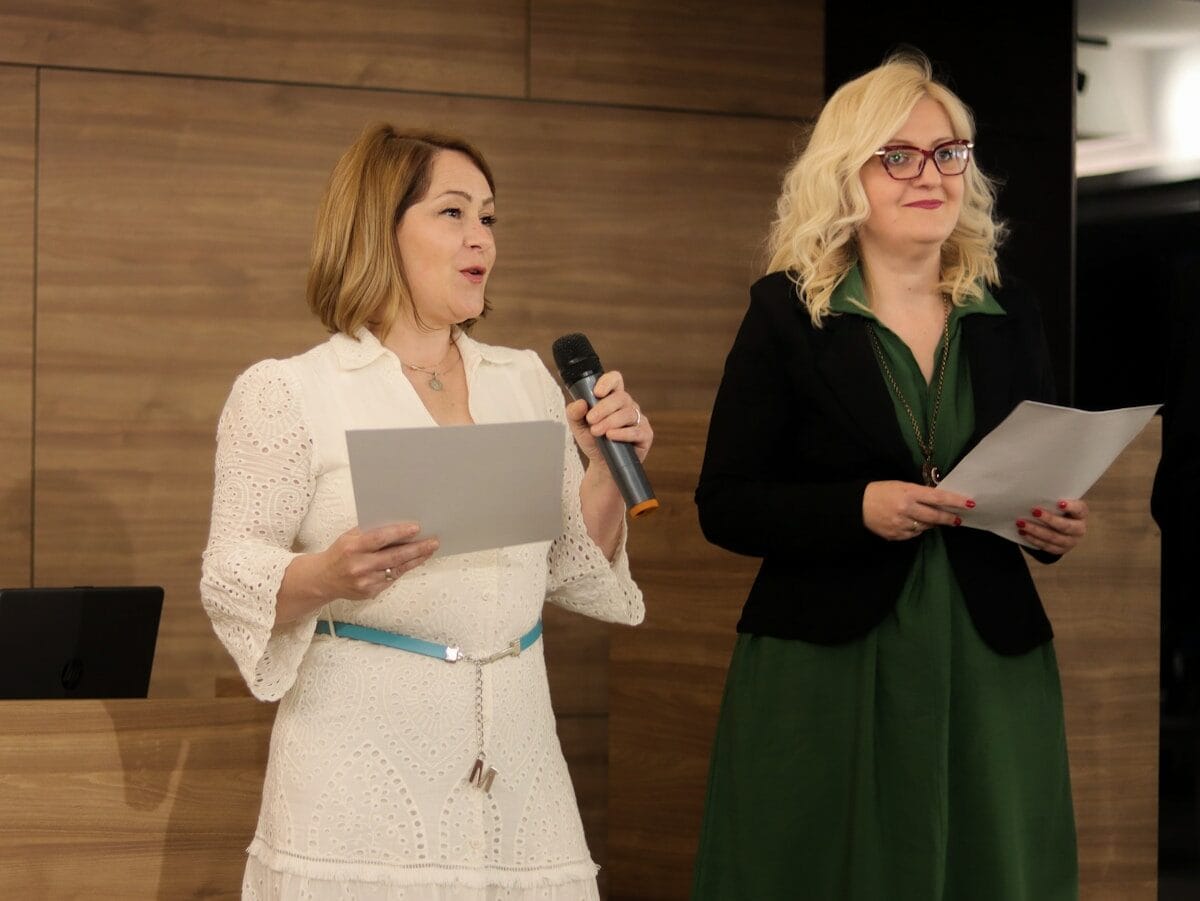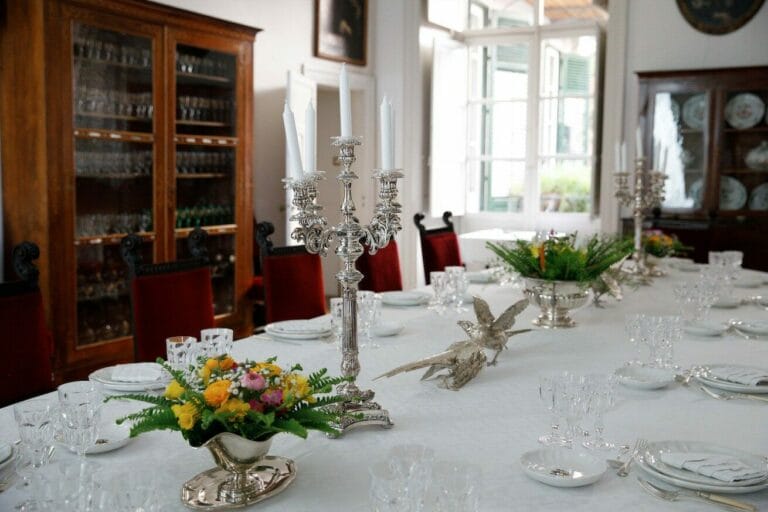The auction rooms at Santa Fe’s Old West Show buzzed with anticipation as collectors gathered around glass cases displaying treasures that told America’s most compelling stories. Heritage pieces changed hands, Western art commanded attention, and the annual event once again proved that our fascination with the frontier remains as strong as ever. This year’s sale at Morphy Auctions brought together over 470 lots representing everything from military encounters with Native tribes to Hollywood’s golden age of television.
The Artworks with Stories to Tell
Leading the evening’s sales was a painting that captured one of those rare moments where cultures meet. William Gilbert Gaul’s ‘Indian by Campfire’ sold for $39,360, showing just how much people value art that documents real encounters rather than romanticised myths. Gaul wasn’t your typical studio artist painting from imagination – he lived the stories he painted.
Born in New Jersey in 1855, Gaul made his way west in the 1870s and 1880s, staying at Army posts and Native American reservations. His commitment to authenticity led him to document tribes at Standing Rock and Cheyenne River Reservations as a special agent for the 1890 U.S. Indian Census. Gaul was capturing the transition these tribes were undergoing as traditional ways of life met a rapidly changing world.
His portrait of Sitting Bull, painted from life just months before the chief’s death, shows how Gaul’s paintings hold genuine historical weight. These weren’t merely artistic interpretations but visual documents of cultural encounters that shaped American history. Each brushstroke represented his firsthand experience living among the communities he portrayed.
Objects of Legend
Television history entered the auction room in the form of Clayton Moore’s iconic black eye mask from The Lone Ranger television series. The cloth-and-plastic mask, moulded to fit Moore’s face, sold for $27,060 – a price that reflects our deep connection to the characters who shaped American entertainment.
The Lone Ranger debuted in 1949 as the first Western series created specifically for television and quickly rose to become ABC’s highest-rated programme in the early 1950s. Moore’s dedication to the role extended far beyond the cameras – he lived by The Lone Ranger Creed and famously fought to retain the right to wear the mask publicly throughout his life.
What makes objects like Moore’s mask so compelling goes beyond their celebrity provenance. They represent a direct link to moments that defined American television, when families gathered around their sets to watch heroes uphold justice on the frontier. The mask carries the weight of countless Saturday mornings and the collective memory of a generation raised on tales of the masked man and his faithful companion Tonto.
Native Artistry and Pride
Among the evening’s most stunning pieces was a Northern Plains Sioux pictorial beaded vest that perfectly demonstrated why Native American artistry commands such respect. Its front panels displayed two mounted warriors with feathered coup sticks, while the back showed braves in full regalia, complete with headdresses and American flags. The vest exceeded its estimate, selling for $19,200.
The piece represents much more than decorative clothing. Sioux beadwork traditions evolved from earlier quillwork practices, with glass beads allowing artists to create increasingly complex pictorial narratives. The meticulous lazy stitch technique used to attach each bead represented hours of skilled work, typically performed by women who embedded tribal stories, spiritual beliefs and cultural identity into every pattern.
The vest’s imagery – eagles, arrows, mounted warriors – carried deep symbolic meaning within Sioux culture. Eagles represented honour and spiritual connection, while coup sticks symbolised bravery in battle. Each element told part of a larger story about tribal values, achievements and the wearer’s place within their community. When you hold such a piece, you’re touching the direct handiwork of someone who understood these symbols intimately.
The growing recognition of Indigenous artistry in collections worldwide speaks to how these pieces connect us to authentic cultural narratives that have been passed down through generations.
Relics of Adventure and Authority
The auction’s diversity reflected the Old West’s complex reality. A rare Buffalo Bill’s Wild West pennant poster, measuring 80 inches by 24 inches, brought $16,800. Its trapezoidal shape and vibrant lithographed imagery of William F. Cody captured the spectacle of the famous touring show that brought frontier excitement to audiences across America and Europe.
Law enforcement history appeared in the form of a Texas Ranger badge originally worn by Sergeant WM ‘Matt’ Cawthon of Company F at Fort Fisher in Waco. The badge, decorated with the Texas Star and engraved with Cawthon’s initials, sold for $7,200. Its accompanying documentation – an original signed letter on Texas Department of Public Safety letterhead – provided the crucial provenance that turns a simple metal badge into a tangible link to frontier justice.
Even practical items like the German silver and brass-inlaid spurs crafted within Colorado State Penitentiary walls told stories of ingenuity and craftsmanship. These weren’t mass-produced items but individual creations that reflected their makers’ skills and circumstances. The spurs, with their engraved five-point stars, sold for $11,079.
The Allure of Collecting
What drives collectors to seek out these objects? It’s more than mere ownership – it’s the desire to hold something that connected directly to the people who shaped American history. Whether it’s Gaul’s authentic documentation of cultural encounters, Moore’s embodiment of television heroism, or the unnamed Sioux artist’s beaded storytelling, these pieces offer tactile connections to experiences we can only imagine.
The emotional pull of Western and Native American artefacts speaks to something deeper than nostalgia. These objects represent authenticity in an increasingly digital world. They carry the weight of human experience – the artist’s brushstrokes, the craftsperson’s careful beadwork, the lawman’s daily wear on a badge. Each scratch, fade line and repair tells part of a larger human story.
For many collectors, particularly women drawn to the artistry and cultural significance of these pieces, owning such objects means becoming a temporary guardian of American heritage. The Hearts of Our People exhibition currently touring major museums demonstrates how Native women artists have maintained and evolved these traditions across generations.
Discovering Your Own Western Heritage
You don’t need to attend high-end auctions to appreciate the beauty and significance of Western and Native American art. Museums like the Eiteljorg Museum of American Indians and Western Art in Indianapolis and the Denver Art Museum’s Indigenous Arts galleries offer extensive collections that provide context for understanding these cultural traditions.
Many regional museums feature Western art collections that showcase local history and connections to frontier life. These institutions often provide educational programmes that help visitors understand the cultural significance behind the objects, making them excellent starting points for anyone interested in exploring this rich artistic heritage.
The growing cultural tourism movement has made these experiences more accessible than ever, with many institutions now offering hands-on workshops and interactive exhibits that bring visitors closer to the craftsmanship and stories behind these remarkable pieces.
Consider attending local auction previews, even if you’re not bidding. They offer opportunities to examine pieces up close and learn about authentication, provenance and the stories that make objects valuable beyond their monetary worth. The knowledgeable staff at these events often share insights that help develop a deeper appreciation for the craftsmanship and historical significance of Western and Native American art.
The next time you encounter a piece of Western history – whether in a museum, gallery or local auction – take a moment to consider the hands that created it and the life it lived before reaching you. These objects continue to tell their stories, waiting for someone who understands their significance to listen.






